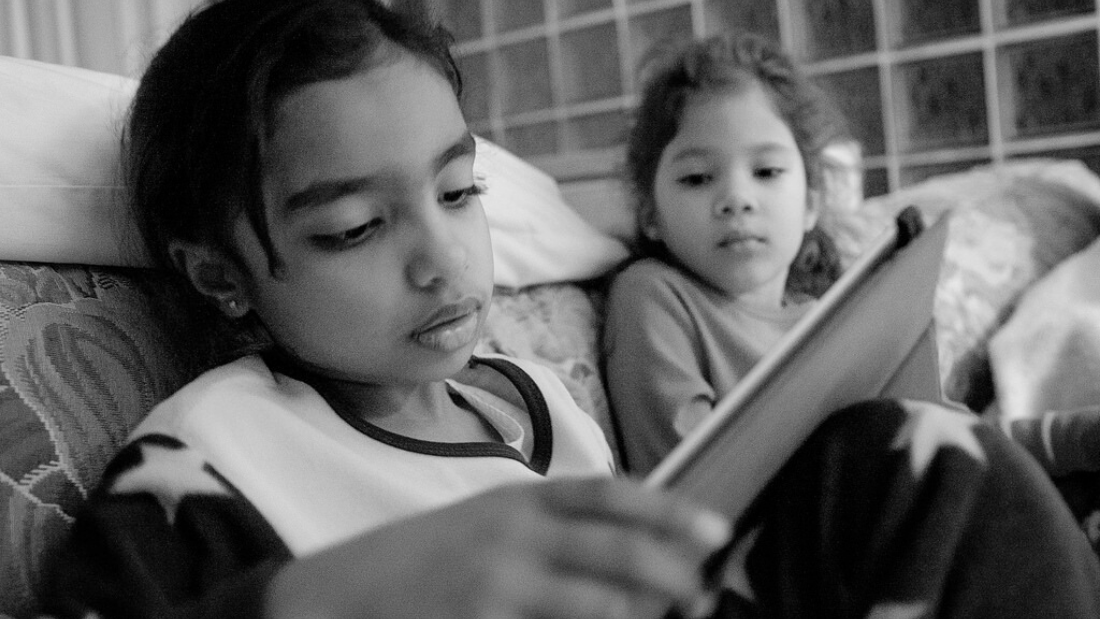
05 Jun Preaching to the Choir
We know you get it. We know you believe like we do–that changing the world begins with teaching our children to move into the world from a place of openness, wonder, and curiosity, rather than fear, judgment and separation. In doing so, we set them up to live profoundly more nourishing, connected lives. The past few weeks have been especially troubling because we believe Black lives matter.
We believe one way to make progress against racism starts with the books we read and the conversations we have at home. One of our missions has always been to make a difference by coaching kids to notice what unites us and appreciate the value of our differences. This is what multicultural and diverse literature brings to the table.
Ultimately, the more we read, the more we learn. The more perspectives we learn about, the more we build empathy and acceptance. Consider this: How much does it mean to children to read a book that has a girl or boy “just like me” in it? The loss isn’t just for children who don’t see themselves on the pages, but the loss is also for the children who only see themselves on the pages. How do they learn to appreciate and understand different perspectives?
So we urge you to take a look at your bookshelf. Does it encompass the perspectives that you want your children or students to explore? If not, check out Multicultural Children’s Book Day and We Need Diverse Books. They both have a multitude of books lists that can provide the windows and doors for new and important conversations at home. We support and will continue to support both of these organizations and will also continue on our mission to bring diverse perspectives to kids lit.
In addition, we’ve discovered another resource for talking to your kids about race, racism, and racialized violence that was compiled by the Center for Racial Justice in Education. It’s one to bookmark.
Like you, we hope true change is coming, but hope requires action. Let’s start with our own families.

